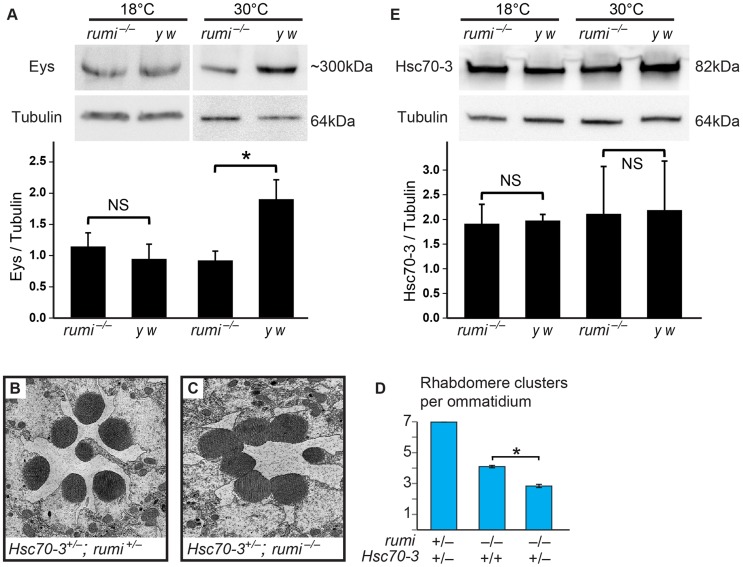Figure 7. rumi−/− animals show a temperature-dependent decrease in Eys levels and a dosage-sensitive genetic interaction with an ER chaperone.
(A) Western blots showing Eys levels in rumi−/− and y w heads grown at 18°C (left) and 30°C (right). There is a statistically significant decrease in Eys levels in rumi−/− heads raised at 30°C (P<0.05; lower panel). (B,C) Hsc70-3+/−; rumi−/− ommatidia show an enhancement of the rumi−/− phenotype. (B) Electron micrograph showing a single ommatidium from an Hsc70-3+/−; rumi+/− control animal. (C) Electron micrograph showing an Hsc70-3+/−; rumi−/− ommatidium. Frequently, all rhabdomeres but one are attached. (D) Quantification of average individual rhabdomere number per ommatidium for the indicated genotypes. *P<0.0001. (E) Levels of Hsc70-3, which is induced upon UPR, do not change between rumi−/− and y w animals raised at different temperatures. Top panel: western blot showing Hsc70-3 levels and Tubulin loading control. Bottom panel: ratio of Hsc70-3/Tubulin levels, which do not change between genotypes. NS, not significant.

